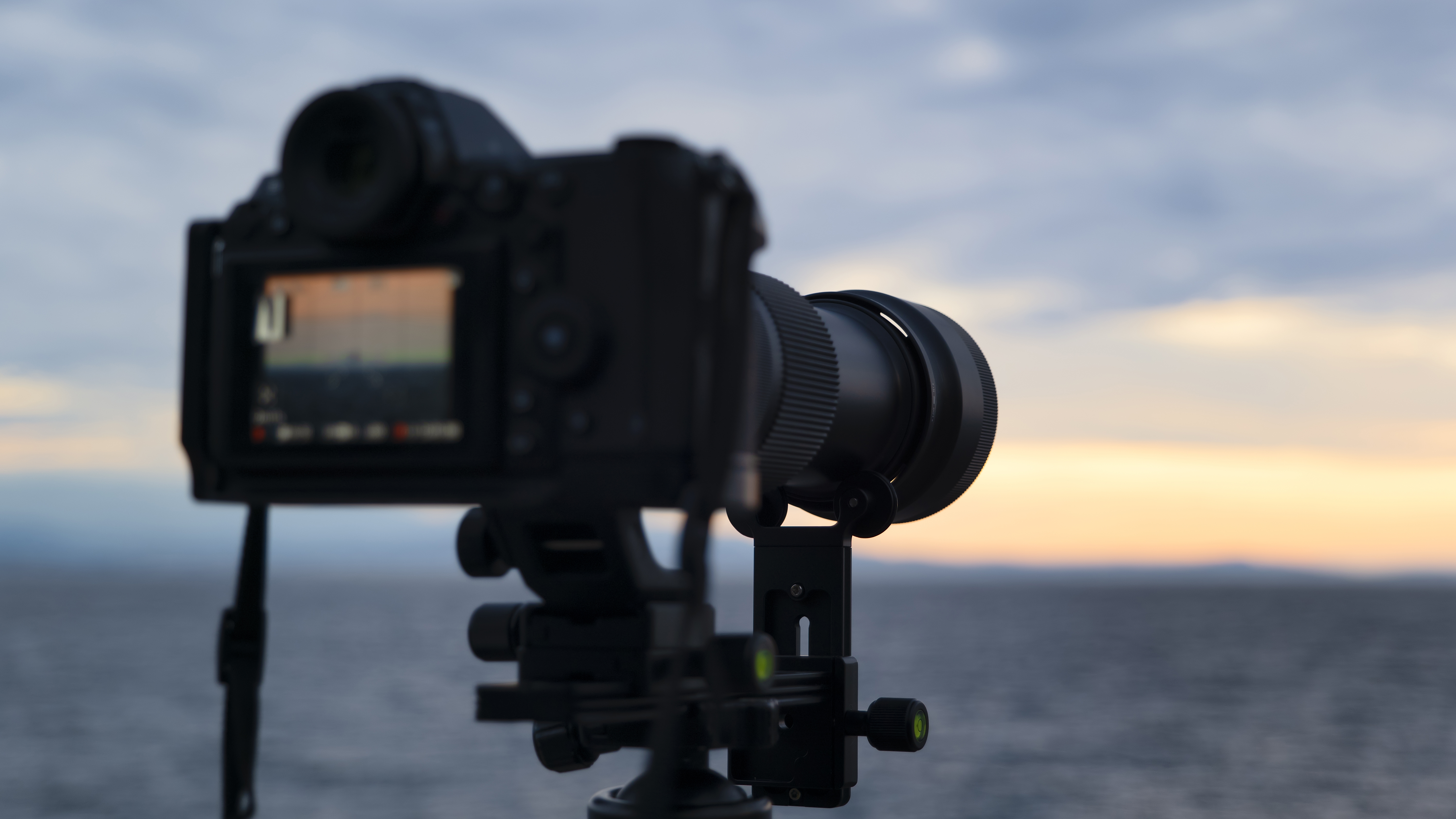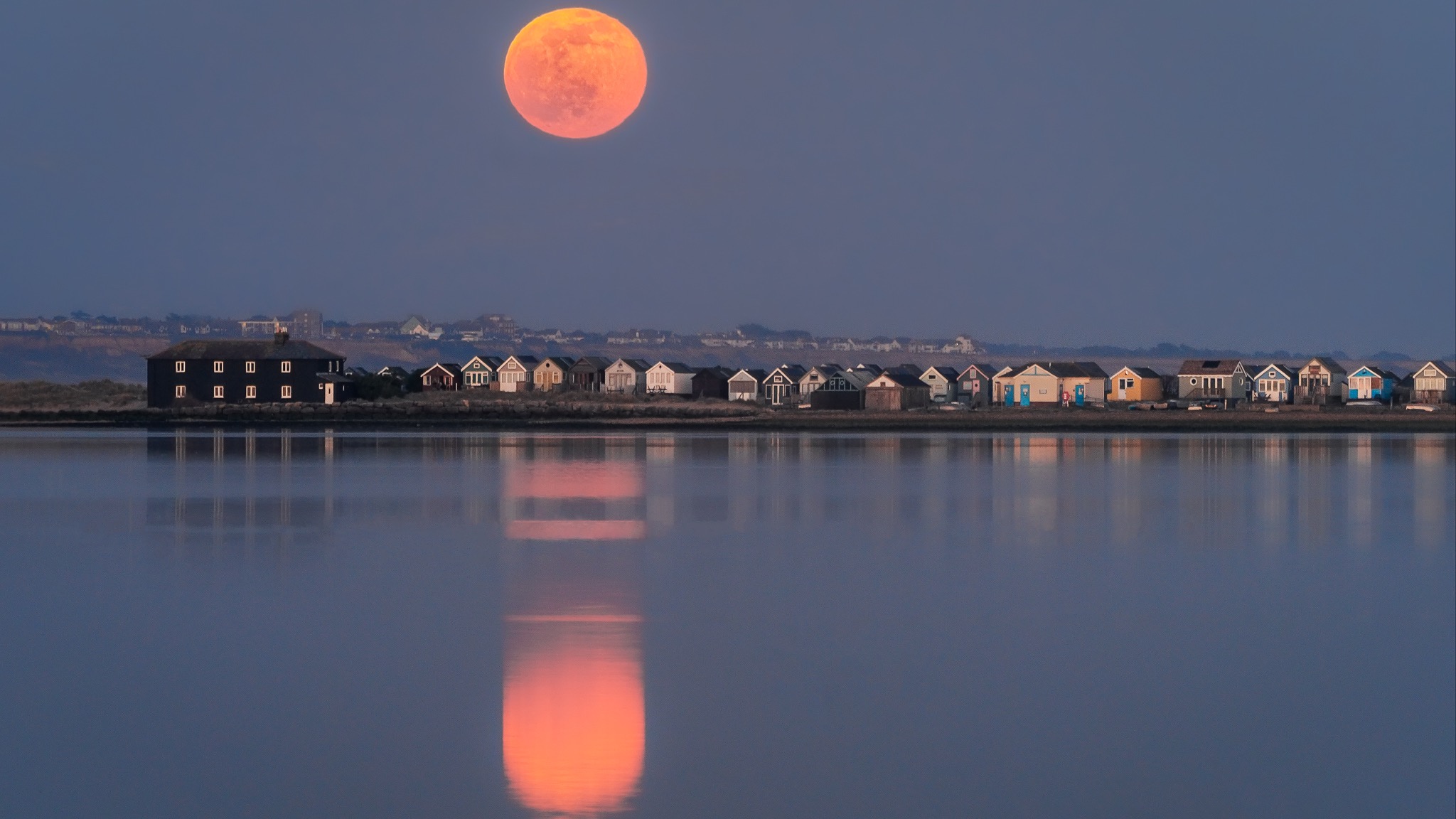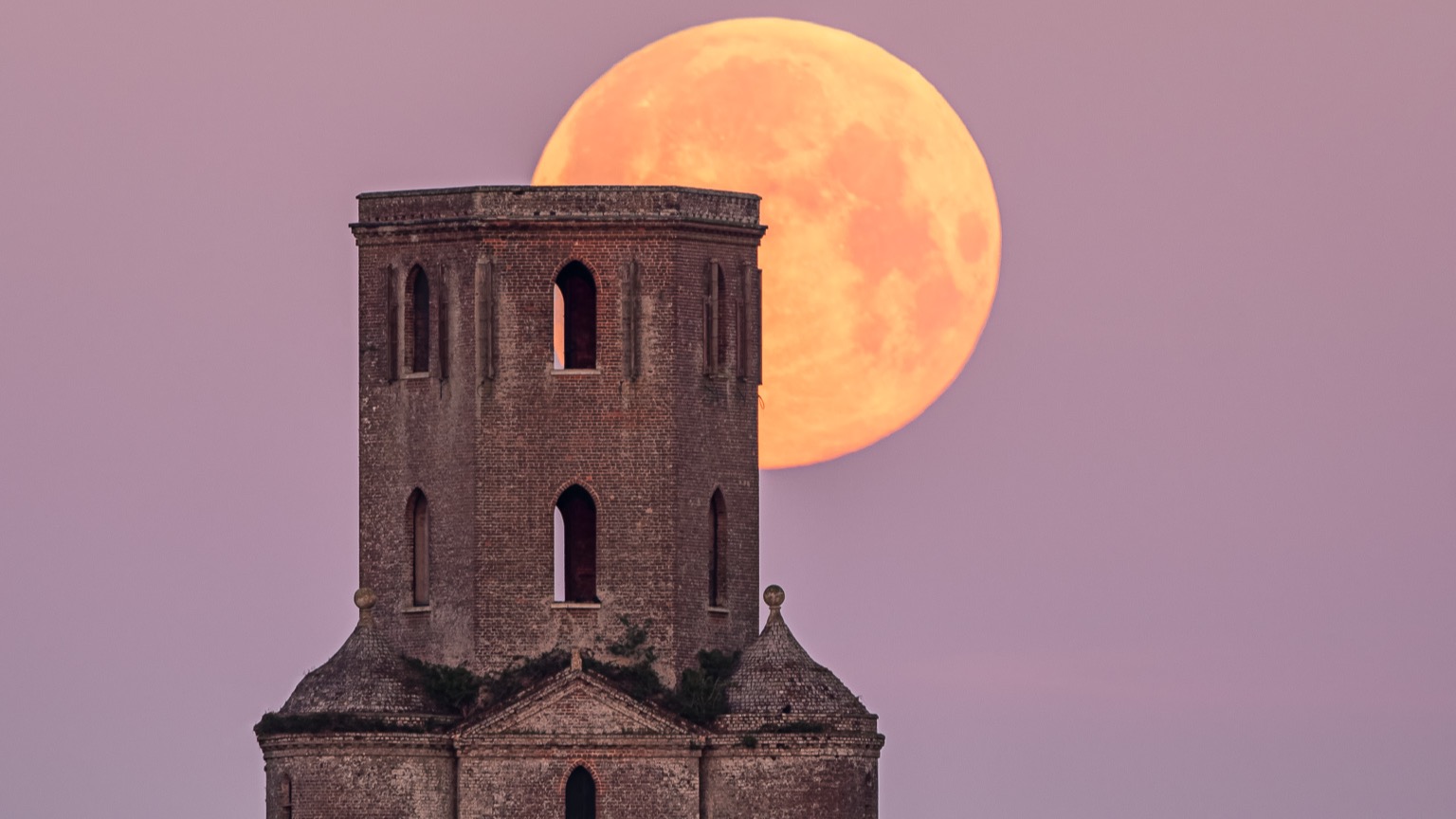How to photograph a supermoon
Use this guide to prepare you for the supermoons in 2025, and learn how to photograph them at their closest approach.

There will be three supermoons in 2025: on Oct. 6, Nov. 5 and Dec. 4. They will be the Harvest, Beaver and Cold moons, respectively, and will provide some unique photographic opportunities of our celestial neighbor. Use this guide to see how to photograph the supermoons, including the equipment you'll need, the camera settings to use, where in the sky to look, and how to compose a perfect shot.
What camera equipment do I need?
The camera equipment you need to photograph a supermoon depends largely on what kinds of photos you're hoping to capture, such as a landscape or a telephoto image, and whether it's a stand-alone image or one aligned with a foreground attraction.
To see which cameras we recommend, check out our guide to the best cameras for astrophotography.
When you're photographing a landscape or telephoto shot, a supermoon will appear more pronounced when it's nearer to the horizon. As the light of the moon becomes dispersed, it travels through denser regions of Earth's atmosphere, causing it to appear more spread out. This effect diminishes once the moon is clear of the horizon, so it is worth having a go (if weather permits) to capture those first moments as the moon rises.
Lens
For landscape astrophotography, start with a lens with a focal length of between 50-100mm lens. This will produce an image with a mid-focal length and depth of field to resolve details on the lunar surface alongside your subject matter. If you opt for a telephoto shot, a lens with a focal length between 400-600mm is optimal for capturing the surface details of the moon.
Using a teleconverter
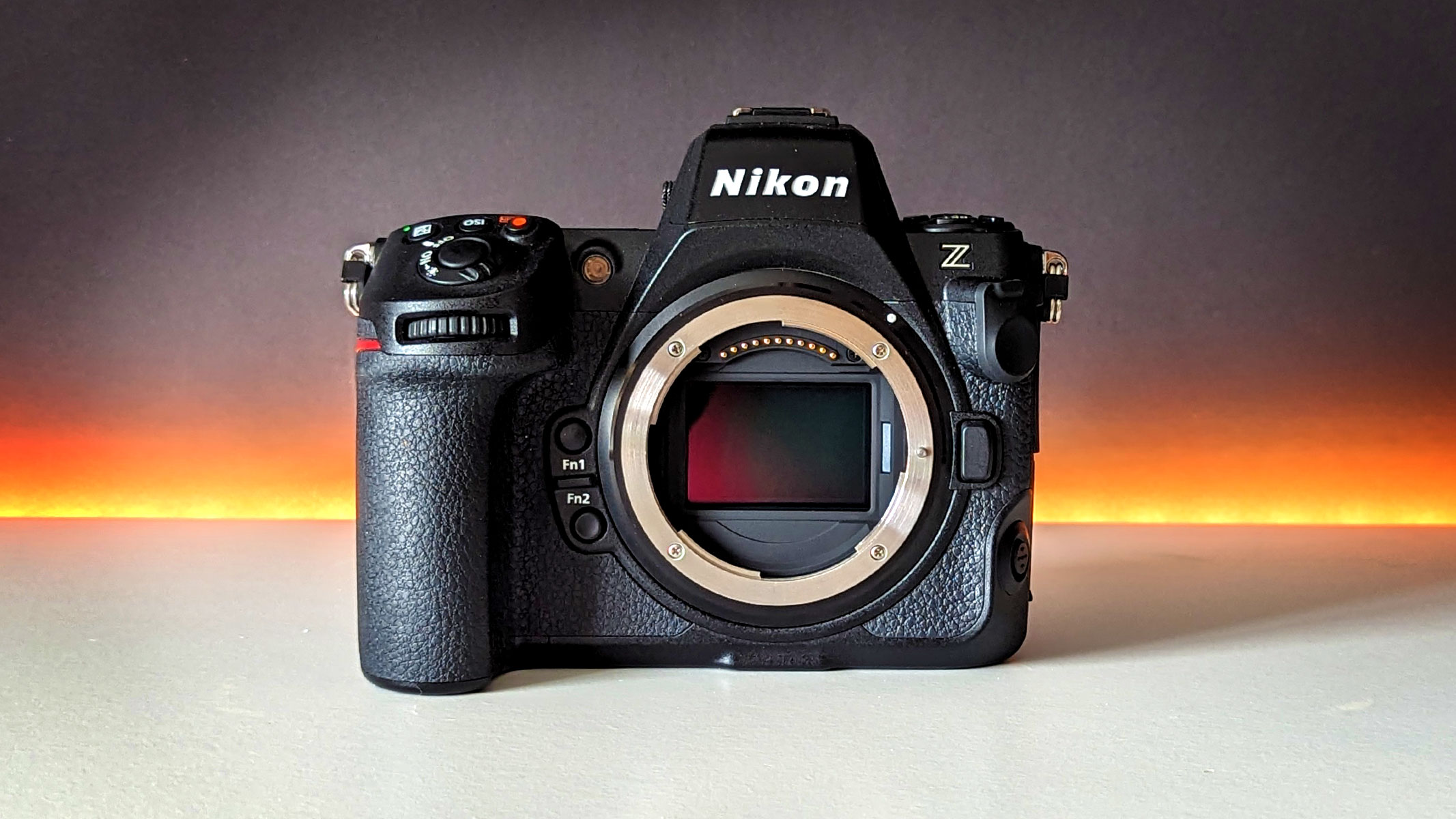
The Nikon Z8 is the best Mirrorless camera for astrophotography in our best cameras for astrophotography guide.
If you are looking for a greater image scale, consider using a teleconverter. This device is placed between the camera and the lens to increase the lens' magnification. Typically available as 1.4x or 2x magnification, the teleconverter will push the focal length nearer to 1,000 mm to resolve those finer details. It must be mentioned, however, that a lens supporting this focal length is preferred to a teleconverter because it introduces more layers of glass onto the image. Therefore, you should expect the results to be slightly softer than those from a dedicated lens. However, it's a more affordable option.
Keep it sturdy - use a tripod
You should also consider a sturdy, static tripod. We suggest a durable tripod to avoid any sudden movements when you're taking your photographs, for peace of mind and for making minor corrections to the composition. To see our picks, check out our guide to the best tripods.
Breaking space news, the latest updates on rocket launches, skywatching events and more!
Is a star tracker worth it?
If you're taking images for a longer period of time, we highly advise using a star tracker. You can also use astronomy apps, such as PolarAligner Pro or Polar Scope Align Pro, to align your gear with either the northern or southern celestial pole. Once you've aligned your equipment, use the sidereal rate on your tracker to keep pace with the movement of the moon. This gear is especially useful for photographing events such as eclipses or occultations.
Extra equipment for perfect supermoon shots
A remote shutter release cable helps avoid any sudden camera movements when you're taking images. To combat this, use a shutter release cable and an adapter for your choice of camera. From a distance, your camera's shutter can be activated to minimize movement. Newer models have built-in interval settings that allow you to take photos as often as you'd like.
Finally, use software to edit your images. We recommend Adobe Photoshop and Lightroom, which host a series of photographic tools to enhance details and preserve image data.
What settings should I use?
- ISO 100-200
- Aperture between f/8-f/4
- Shutter speed no longer than two seconds
ISO
Full moon scenes can contain a lot of light, so it is important to keep your ISO to a minimum. An ISO setting from 100 to 200 should be enough to preserve detail in the image. For telephoto images of the moon, an ISO setting of 100 is recommended due to the intense brightness of the full moon.
Aperture
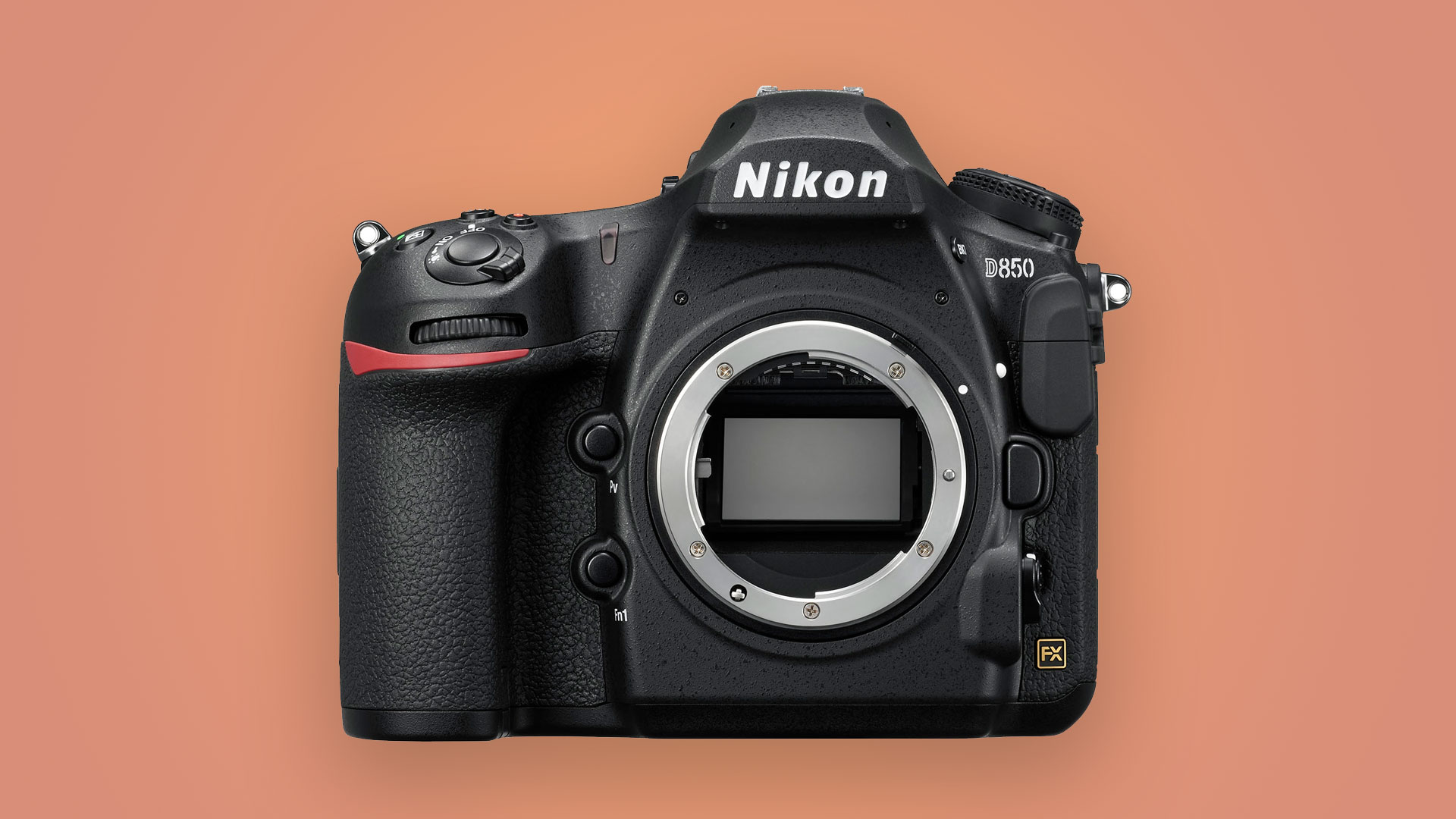
We recommend the Nikon D850 in our best cameras for astrophotography guide.
Because full moons occur when the sun and moon are on opposite sides of the sky, the scene may not be fully dark. You should maintain a relatively wide aperture (from f/8 to f/4). When using a telephoto lens it is important to consider the focal length alongside the aperture. Your aperture will be determined by your focal length; you are effectively cutting down the amount of light that enters your camera. Expect results between f/18 and f/8, depending on your camera and lens combination.
Shutter speed
For supermoon photographs, your shutter speed should not be longer than one or two seconds. You can use your camera's histogram to work out the best shutter speed for perfect exposure. Bring up this setting in your camera's LCD monitor, and adjust the shutter speed for the image data to peak centrally on the displayed graph. This will retain as much detail in both the foreground and the subject matter.
When taking a telephoto image, you should aim for an exposure where your camera's histogram peaks off-center, to the right. This will produce a relatively bright image of the moon while preserving details in the image. Longer shutter speeds will result in an overexposed image.
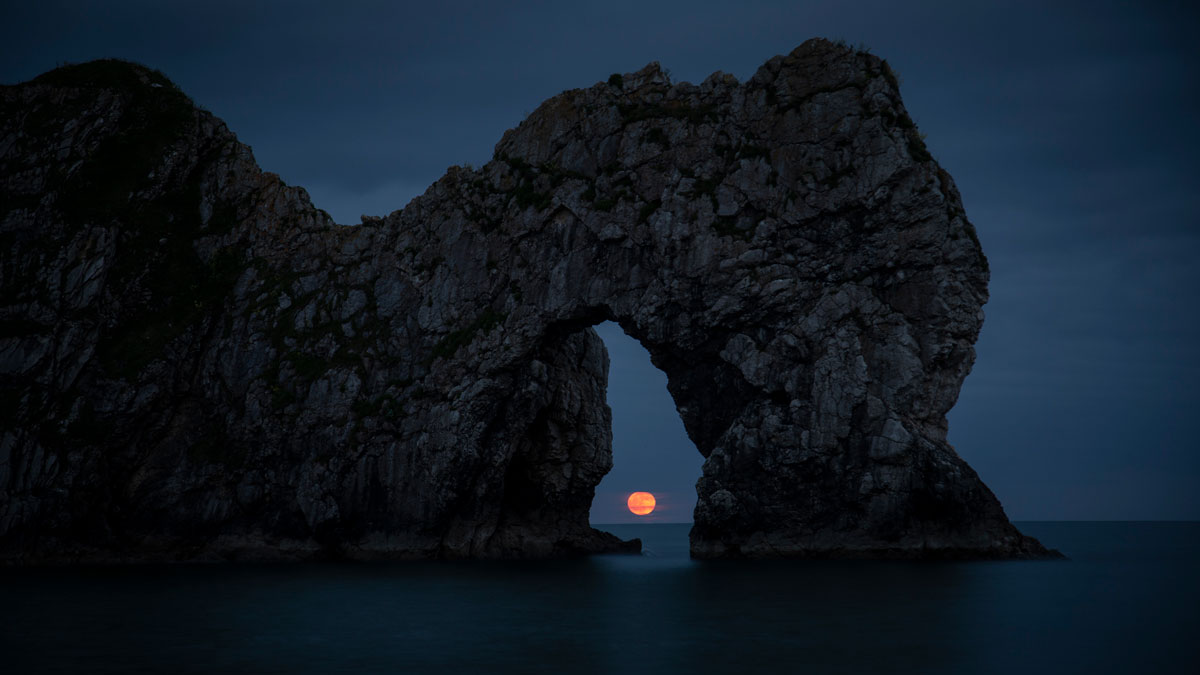
Focus
Make sure to locate the hyperfocal distance of your lens. This is the distance from your lens when both the foreground and the background matter are in focus, with your selected camera settings above. A good photography application, such as PhotoPills, can help you determine this distance to ensure both your image of the supermoon and the intended landscape are nice and sharp.
Next, consider the focus of the moon. Use the digital zoom magnifier built into your camera to zoom up to the moon as much as possible. We always suggest manual focus to allow for full control of your camera. Next, rock your focus back and forth to locate the sweet spot of your lens identified against a lunar feature, such as the lunar limb, a bright crater or a darker lunar sea.
How should I prepare (time and location)?
With astrophotography, timing is everything. That is certainly the case for a given moonrise or moonset. Another great photography app is The Photographer's Ephemeris (TPE), which is a great tool for determining these times and pinpointing the elevation of the landscape from your imaging location. It's especially useful for moonrises, so you can plan the delay between the horizon and your selected imaging target, such as. a distant tower or natural feature.
We always suggest arriving at your location with plenty of time to spare, in case you need to make changes to your imaging location if the weather is not in your favor. Use these times as an estimate from your location. Leave time to set up your equipment, and have a backup plan if the horizon is not clear of clouds.
Unfortunately, we are at the mercy of the weather. This sometimes makes for unusual effects when you're imaging the moon through clouds, and you can use creative techniques when these sorts of weather conditions prevail. Ideally, look for a clear horizon to capture the drama as the scene unfolds.
How should I compose my image?
Next, consider the orientation of your camera and lens. Do you want a portrait or landscape shot? As photographers, we consider the story we are trying to tell, and the end result will be your judgment of the situation.
If you're photographing a distant subject alongside the moonrise, consider any foreground details to assess your final shot. Are there a series of leading lines or other subject matter that may change the rules of your composition? Perhaps you are looking for an image that is half sky and half moon. Do you want a sky-heavy image where the rule of thirds can lend itself to the composition of your frame? Adjust the display on your camera's monitor to show the rule-of-thirds' grid, and make minor adjustments to your composition as necessary.
You can be more flexible with telephoto images of the moon; just consider the orientation of the moon in the frame, and don't position the moon too close to the edges of your frame, which can lead to distortion and introduce image artifacts, such as chromatic aberration.
What is a supermoon?

A supermoon occurs when the moon is within 90% of perigee — the closest point to Earth in its 27-day orbit. The moon also needs to be in its full phase, which occurs every 29.5 days in the lunar month. A supermoon can occur only a few times a year, as the moon changes orientation while Earth orbits the sun. For more information about supermoons, read our supermoon guide.
Editor's Note: If you snap an amazing supermoon photo and would like to share it with Space.com's readers, send your photo(s), comments, and your name and location to spacephotos@space.com.
Follow us on Twitter @Spacedotcom and on Facebook.

Josh Dury (B.A. FRAS) is an Award-Winning Landscape Astrophotographer, Presenter, Speaker and Writer based in Somerset, UK. His work has been recognized by NASA, Astronomy Picture Of The Day, BBC, CBS, and CNN, amongst others. With endorsements from Apollo 11 Astronaut Buzz Aldrin and ESA British Astronaut Tim Peake. His work has been recognised by major photographic and astronomical bodies, including The World at Night (TWAN), Astronomy Photographer of the Year, Historic Photographer of the Year and PetaPixel, whilst collaborating with photographic brands: Canon, Sigma, Benro, NiSi and Tenba. As a Delegate of The International Dark-Skies Association (IDA) he uses astrophotography as a platform, in raising awareness of dark-sky conservation and the impacts of light pollution to the natural environment.
You must confirm your public display name before commenting
Please logout and then login again, you will then be prompted to enter your display name.
